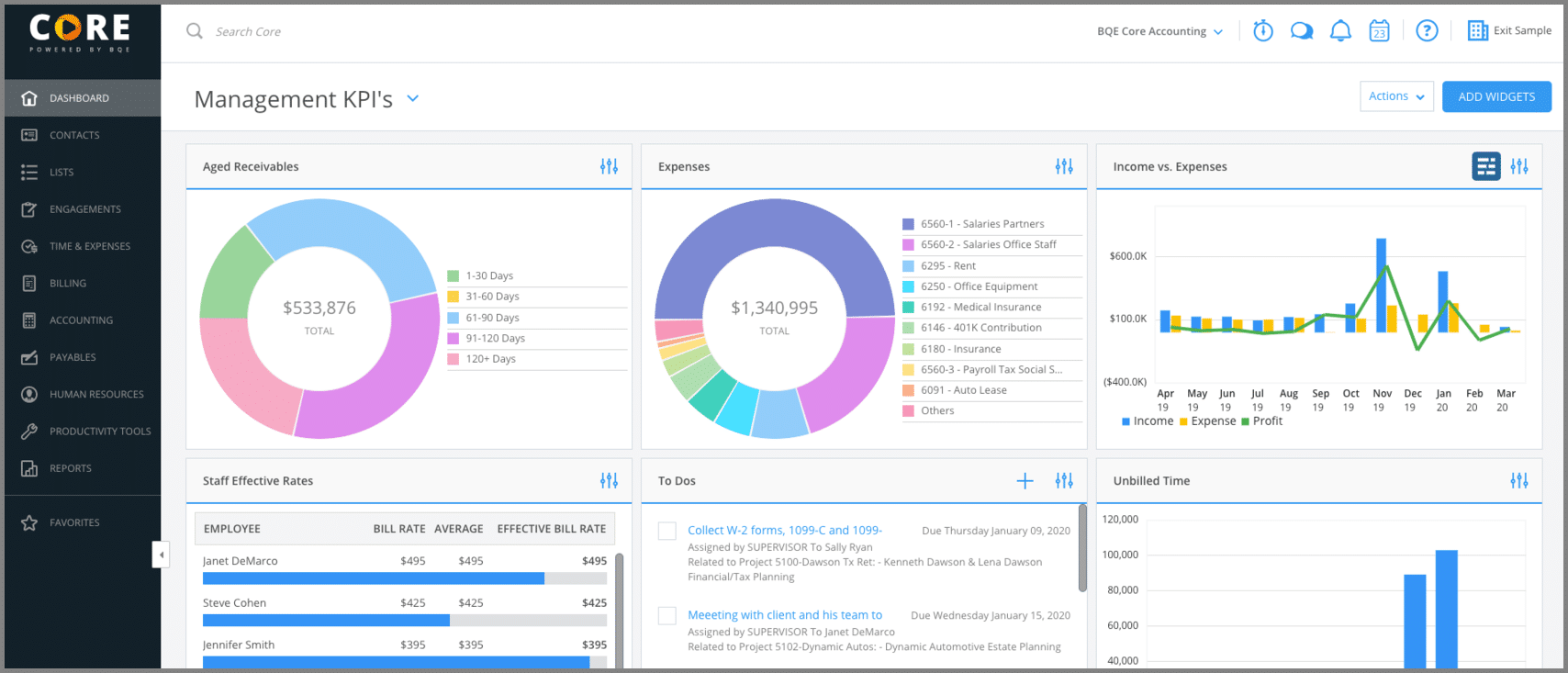In quickly developing medical landscape, the integration of tech into healthcare practices has turned into more than just a passing trend; it is a necessity. Management software for practices is transforming the way healthcare providers operate, enhancing every facet of scheduling patients to record keeping and billing. As we move further into the digital era, these systems emerges as a key asset for enhancing effectiveness, boost care for patients, and ultimately, redefine the possibilities for healthcare practices.
As medical requirements keep increasing, healthcare practices are required to adapt to keep high standards of care while handling growing administrative duties. Embracing management software for practices is no longer optional; this is a forward-thinking move toward a more organized and responsive system. The functionalities of new-age solutions bring a multitude of opportunities for professionals to optimize their workflows and focus more on what truly matters: providing outstanding outcomes for patients.
Benefits of Practice Management Software
Medical management systems simplifies administrative processes, allowing healthcare providers to focus greater on client treatment. Through digitizing scheduling, invoicing, and record-keeping, practices can minimize the time dedicated for paperwork. This effectiveness not only lessens administrative demands but also boosts overall productivity, permitting team members to allocate more time to patient engagements and improving the standard of treatment.
An additional notable benefit of clinical administrative software is its capability to strengthen client involvement. Functions like client interfaces and scheduled reminders boost communication between healthcare professionals and clients. Patients can readily access their health records, book visits, and obtain notifications about upcoming visits. This increased engagement fosters a stronger connection between patients and healthcare providers, yielding superior wellness outcomes.
Moreover, practice administrative systems offers valuable data analytics that can drive informed decision-making. Through analyzing trends in client demographics, appointment patterns, and billing, offices can pinpoint areas for improvement and optimize their operations. This analytics-based approach helps practices stay relevant and responsive to the evolving needs of their patients, ultimately promoting growth and prosperity in a rapidly evolving medical landscape.
Key Features to Consider
As you considering practice management solutions, a key feature to look at is its scheduling functionality. A strong scheduling solution not just simplifies appointment booking but also helps cut down on missed appointments and no-shows. Look for software that includes intuitive scheduling views, patient reminder notifications, and easy methods to reschedule. These features guarantee that both staff and patients can efficiently manage their time, leading to improved patient flow and satisfaction.
A further important aspect to prioritize is the incorporation of electronic health records (EHR). Smooth integration enables simple retrieval of patient information, which is vital for offering superior care. The ideal practice management software should facilitate immediate retrieval of patient histories, treatment protocols, and billing details, all centralized. This integration fosters collaboration among team members and decreases the likelihood of mistakes that can occur due to managing different software solutions.
In conclusion, consider the reporting and analytics capabilities of the software. Powerful analytics tools allow practices to analyze key metrics, demographic information, and financial metrics. These data points are essential for driving informed decisions regarding improvement of operations and strategic planning. A practice management system with robust analysis capabilities helps healthcare providers to enhance their services, spot trends, and ultimately enhance overall patient care.
Approaches to Implementation for Success
Properly utilizing patient management software demands thorough planning and participation from all team members. Begin by assessing the particular needs of your business and engage stakeholders in the decision process. Ensuring that the software aligns with your practice’s aims will assist foster commitment from staff and provide a simpler path to deployment. Conducting workshops for employees can also enhance the adoption rate and enhance overall performance.
A further critical aspect of the process is information migration. This activity must be carried out with accuracy to avoid disruptions in daily operations. Ensure that all essential data is sorted and validated before transitioning it to the new system. Evaluating the software with a small group of users can aid detect potential issues before a full-scale rollout, allowing you to resolve any problems while minimizing the impact on the quality of patient care.
In conclusion, regular support and feedback are crucial for enhancing the benefits of patient management software. Set up regular updates with your team to discuss any challenges they are facing and collect their insights on the software's features. This continuous improvement approach will not only increase user satisfaction but also lead to superior patient results as your practice grows more streamlined and optimized.

